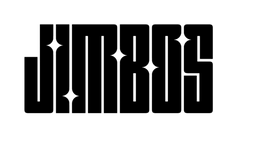One-Step Polish vs Two-Step Correction – Which Do You Need?
Trying to fix swirl marks or dull paint but not sure if you need a full two-step correction? Here's how to know if a one-step polish is enough—and when it’s not.
Best One-Step Polish for Beginners
Picture Perfect Polish cuts and finishes in one pass—making it the easiest way to fix swirls without overcomplicating your process.
What Is One-Step Paint Correction?
One-step polishing uses a single product and pad combination to both cut (remove defects) and finish (restore gloss) in a single pass. It’s ideal for:
- Light to moderate swirl marks
- Haze or dullness from oxidation
- New or well-maintained paint
It’s also the best choice for beginners who want better results without a complicated process.
When Is Two-Step Correction Needed?
Two-step correction separates cutting and finishing into two polishing stages. You’ll use a heavier compound and aggressive pad for the first step, then refine the finish with a separate polish and softer pad.
Use two-step correction when:
- Paint is severely oxidized or scratched
- You want near-perfect clarity or show-car results
- You’re willing to invest extra time and effort
How to Know Which You Need
Use the least aggressive method first. Try a one-step polish like Picture Perfect Polish with a Cut & Finish Pad. If the results look good—you’re done!
If deeper defects remain, you can step up to a compound + finishing polish later. But most daily drivers respond extremely well to one-step correction.
Pro Tip: Save Time with the Right Pad
Picture Perfect Polish is pad-dependent, meaning it cuts more with a firmer pad and finishes softer with a gentle one. That makes it incredibly versatile.
- Cut & Finish Pad = balanced correction for most cars
- Black Finishing Pad = softer touch for dark or delicate paint
Related Posts
- What Is Paint Correction? A Beginner-Friendly Guide
- How to Remove Swirl Marks Without Damaging Your Paint
- The 5 Mistakes Beginners Make When Polishing Paint



